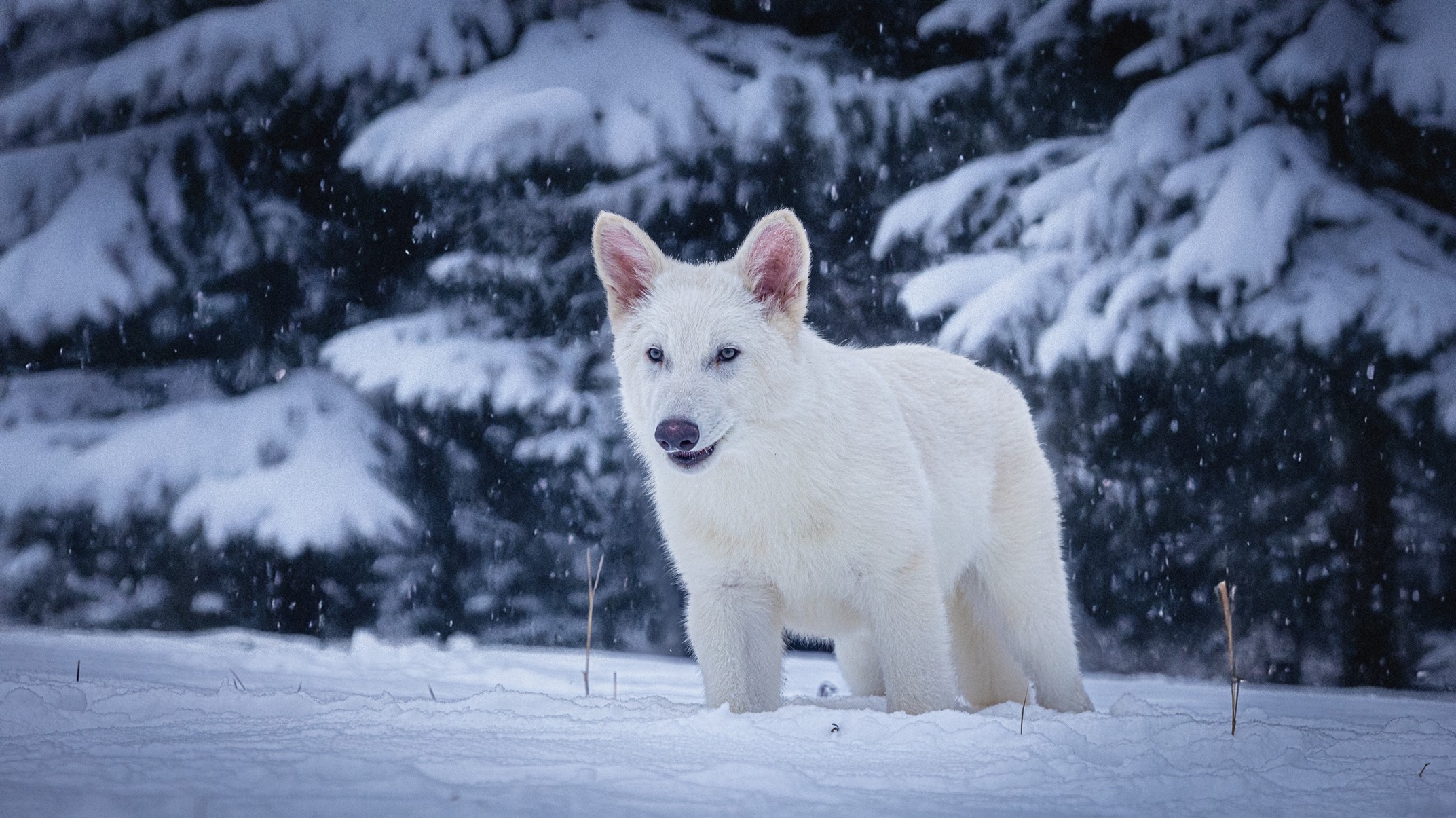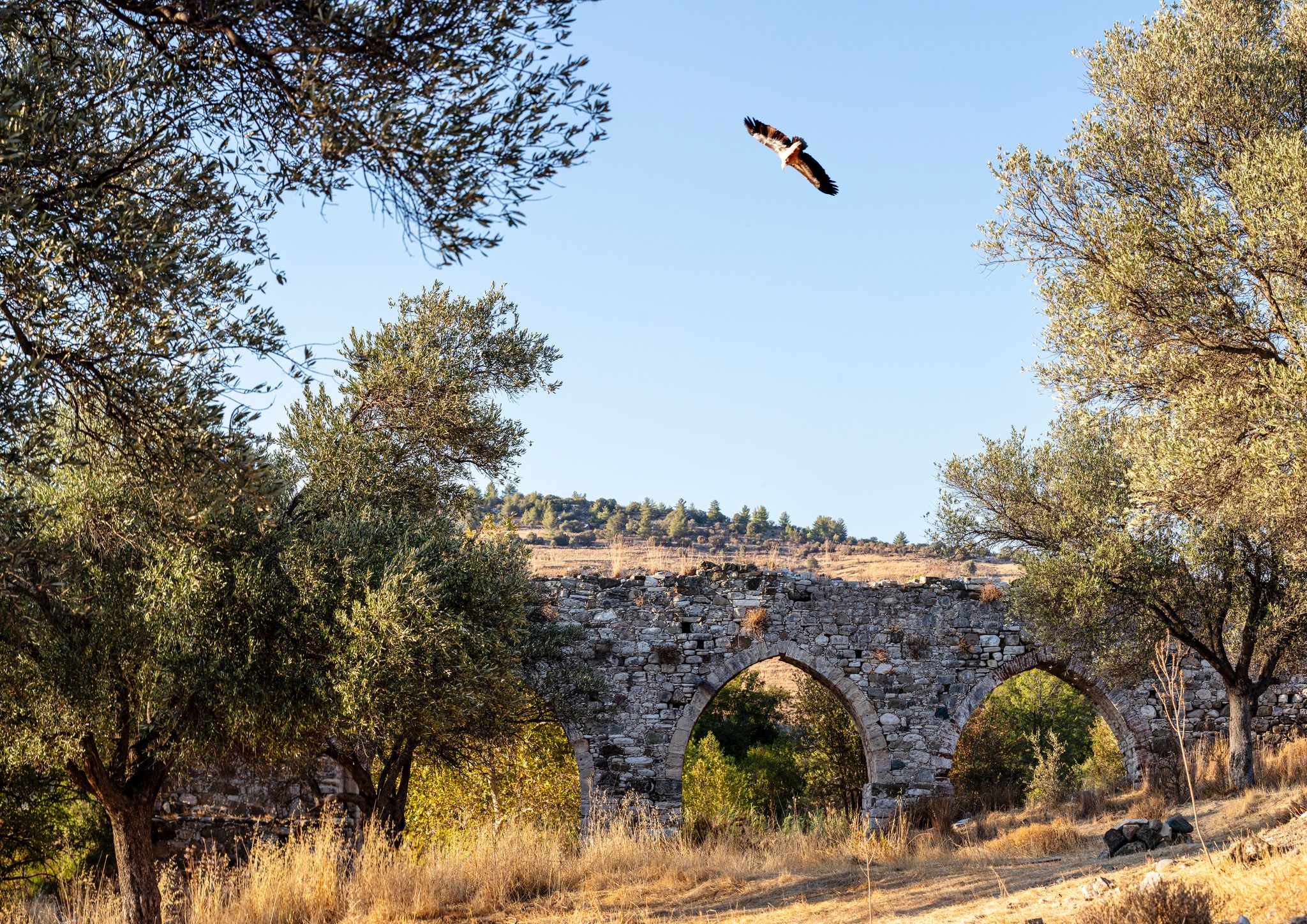After more than 12,000 years, dire wolves are back. On April 8, 2025, Colossal Biosciences announced the birth of three healthy dire wolf pups, marking the world’s first successful de-extinction of a large vertebrate predator. This groundbreaking achievement combines cutting-edge genetic engineering with ancient DNA to resurrect one of North America’s most iconic Ice Age predators.
The science behind bringing back an extinct species
Colossal’s de-extinction process began with extracting ancient DNA from two dire wolf fossils: a 13,000-year-old tooth from Ohio and a 72,000-year-old skull from Idaho. Scientists sequenced and assembled the complete dire wolf genome, creating a comprehensive genetic blueprint of the extinct species.
The research revealed that dire wolves shared 99.5% of their DNA with modern gray wolves, making them ideal candidates for genetic resurrection. Scientists identified 14 key genes containing 20 distinct genetic variants that gave dire wolves their characteristic features, including larger body size, muscular builds, wider skulls, bigger teeth, thick light-colored coats, and unique howling vocalizations.
Using CRISPR gene-editing technology, Colossal’s team precisely modified gray wolf cells with these dire wolf genetic variants. The process involved 20 precise genome edits—the highest number of deliberate genetic modifications achieved in any vertebrate to date. These edited cells were then used in somatic cell nuclear transfer, where the modified nuclei were inserted into enucleated wolf eggs and implanted into surrogate mothers.
Meet the de-extinct Dire Wolf pack
The three Colossal dire wolf pups have been named Romulus and Remus (male twins born in October 2024) and Khaleesi (female born in January 2025), paying homage to both Roman mythology and popular culture. At six months old, Romulus and Remus already weigh over 90 pounds and display distinctly wild behavior, maintaining distance from humans even familiar caretakers. They’re expected to mature at 130-150 pounds, significantly larger than typical gray wolves that weigh 80-100 pounds.
The pups exhibit authentic dire wolf characteristics including thick, snowy-white coats, golden eyes, broad heads, and powerful builds. Their behavior differs markedly from domestic dogs or even socialized gray wolves, demonstrating true wild lupine instincts that retreat from human interaction.
Advanced care and conservation impact
Colossal houses the dire wolves in a 2,000+ acre protected reserve certified by the American Humane Society. The facility features naturalistic habitats, on-site veterinary support, and a team of 10+ full-time animal care specialists providing round-the-clock monitoring. The secure location includes natural dens and environments designed to support the wolves’ development while maintaining their wild nature.
Beyond the headline-grabbing dire wolf achievement, Colossal simultaneously birthed two litters of critically endangered red wolves, four healthy pups total (Hope, Blaze, Ash, and Cinder), using the same blood cloning technology. This success demonstrates the immediate conservation applications of de-extinction methods, potentially increasing genetic diversity in the red wolf population by 25%.
Looking forward: Conservation and future projects
While these dire wolves won’t be rewilded, their existence validates Colossal Biosciences’ comprehensive de-extinction platform. The company targets woolly mammoth revival by 2028 and continues developing methods to resurrect the Tasmanian tiger and dodo.
The dire wolf project represents more than scientific achievement—it demonstrates a new conservation paradigm combining resurrection biology for extinct species with genetic rescue for endangered ones. As CEO Ben Lamm explained, “Our team took DNA from a 13,000-year-old tooth and a 72,000-year-old skull and made healthy dire wolf puppies.”
The successful de-extinction of dire wolves opens possibilities for ecosystem restoration and biodiversity recovery. These apex predators could potentially play crucial roles in establishing ecological balance and controlling prey populations in select habitats, though current animals remain in protective care for study and monitoring.
This landmark achievement proves that extinction may no longer have to be forever, offering hope that advanced genetic technologies can help reverse the biodiversity crisis facing our planet while supporting conservation efforts for currently endangered species.
DISCLAIMER – “Views Expressed Disclaimer – The information provided in this content is intended for general informational purposes only and should not be considered financial, investment, legal, tax, or health advice, nor relied upon as a substitute for professional guidance tailored to your personal circumstances. The opinions expressed are solely those of the author and do not necessarily represent the views of any other individual, organization, agency, employer, or company, including NEO CYMED PUBLISHING LIMITED (operating under the name Cyprus-Mail).







Click here to change your cookie preferences